Zoom H1 Essential recorder
€95.00
With the push of a button the H1essential captures perfect audio for musicians, podcasters, filmmakers, and content creators. Simply hit record.
34 in stock
The World’s Easiest Recorder, Just Got Easier
With the push of a button the H1essential captures perfect audio for musicians, podcasters, filmmakers, and content creators. Simply hit record and discover the power of 32-bit float.
Features & Specs
- 32-bit float recording: perfect audio with no need to set gain
- 120 dB SPL 90º XY Mics
- Records up to 96kHZ sample rate
- New OLED Display
- Overdubbing, auto record, pre-record and timer functions
- USB Microphone Function
- Audio guidance function for the blind and visually impaired
- 10 hours of battery life on 2 AAA Batteries or USB-C Bus power
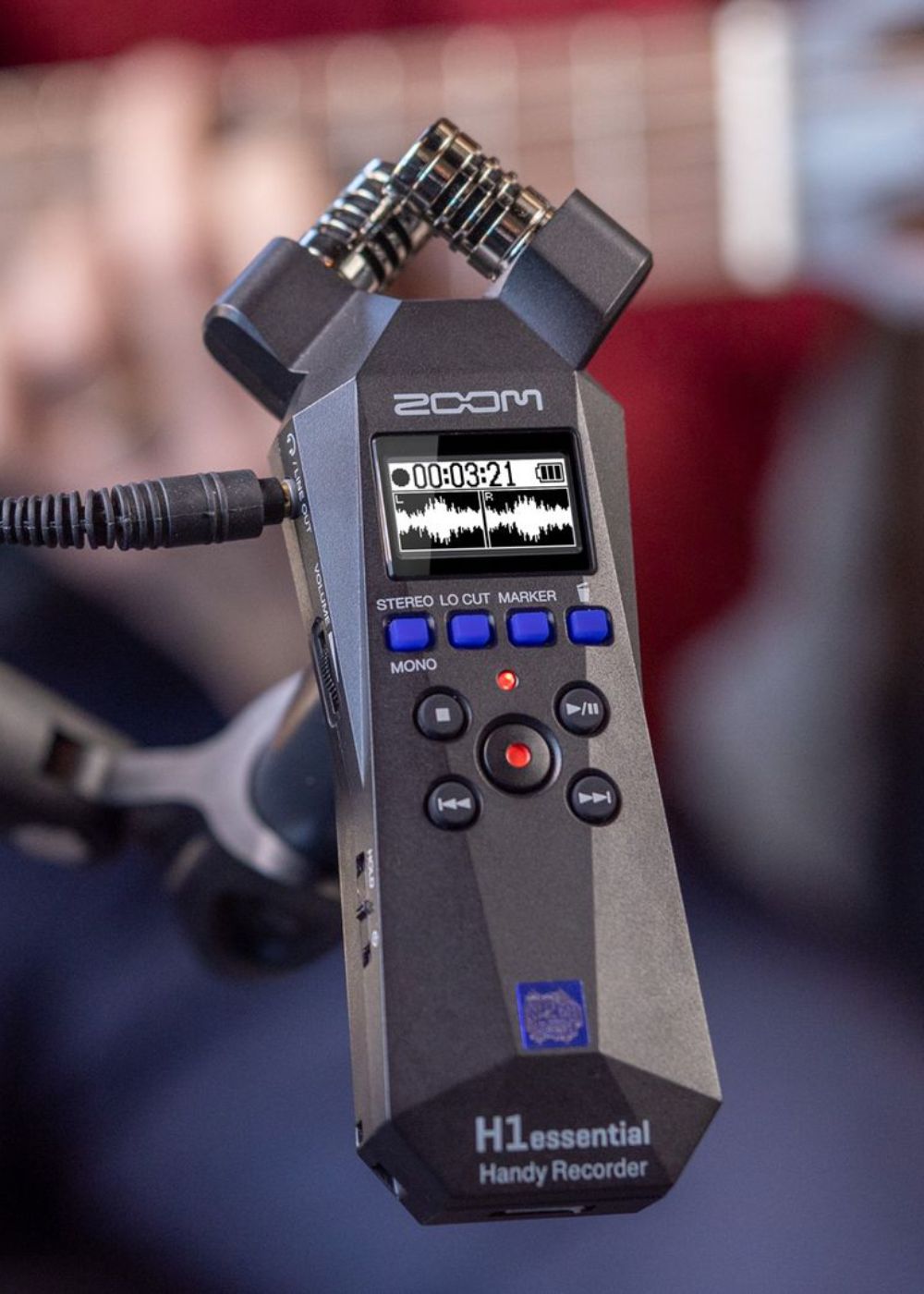
With the push of a button the H1essential captures perfect audio for musicians, podcasters, filmmakers, and content creators. Simply hit record and discover the power of 32-bit float.
32-Bit Float Magic.
With 32-bit float recording, you never have to adjust levels. The H1essential captures every nuance of your sound ensuring high-quality audio with every take.
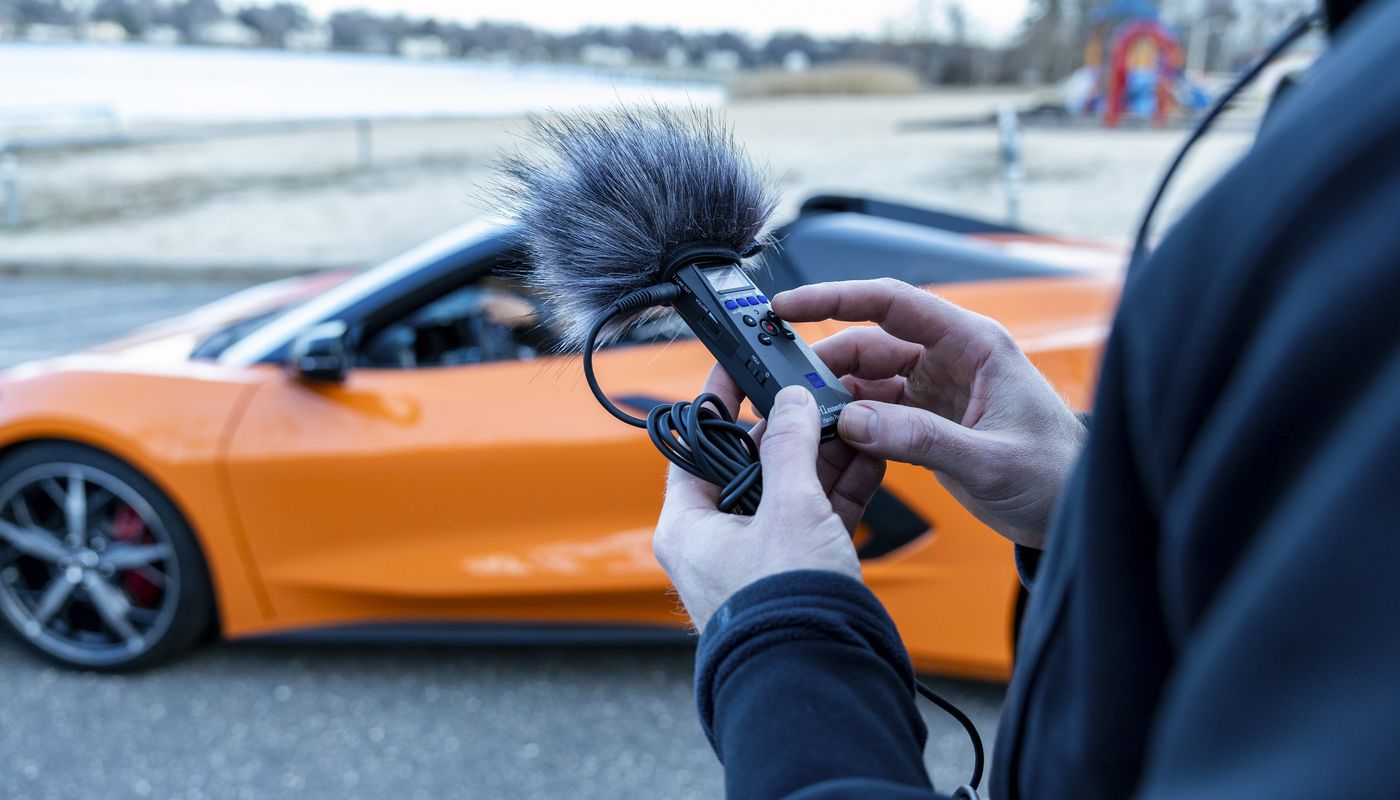
The First Handy Recorders with Accessibility
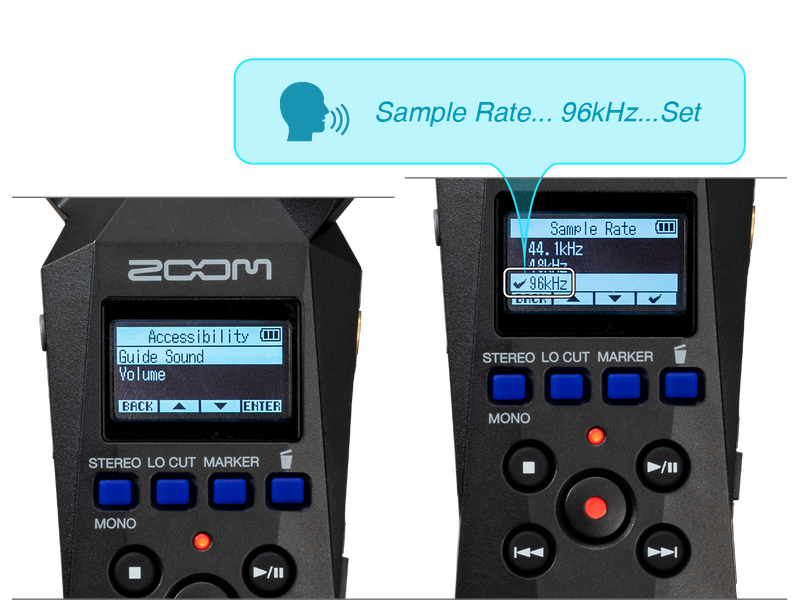
The Essential Series was designed with Accessibility for the blind and visually impaired. Navigate the menu with audible descriptions through the built-in speaker or headphones. Creators can choose English, Spanish, French, Japanese, German, Italian or Chinese.*

Ellis Hall | Singer, Songwriter and multi-instrumentalist
Loud and Clear
The onboard X/Y microphones capture clean audio up to 120 dB SPL, equivalent to the sound of a high-performance engine.

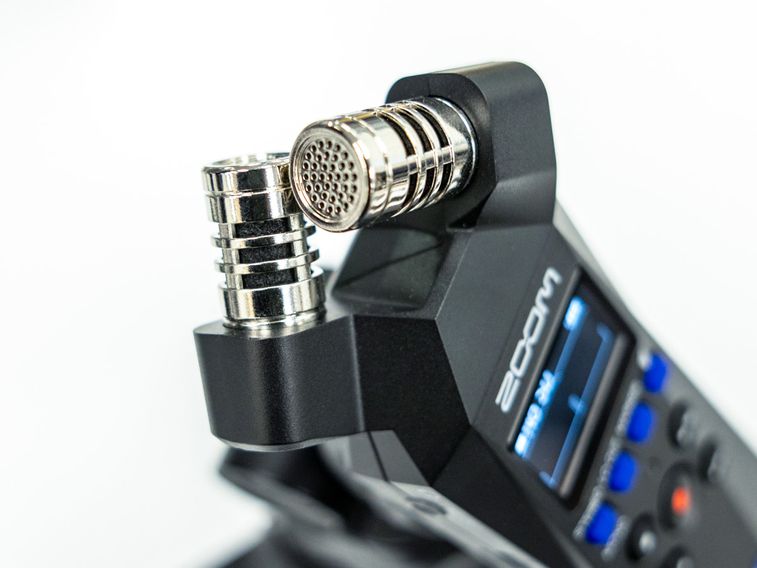
The Perfect Practice Companion for Musicians
Musicians can use the H1essential to record every rehearsal, a great way to improve your playing. Features like overdubbing and playback-speed-adjustment are great for writing and practicing.

Sound Makes the Scene
The H1essential is great for filmmakers. Record and send audio directly to your camera or use it to record sound effects to complete your scene.
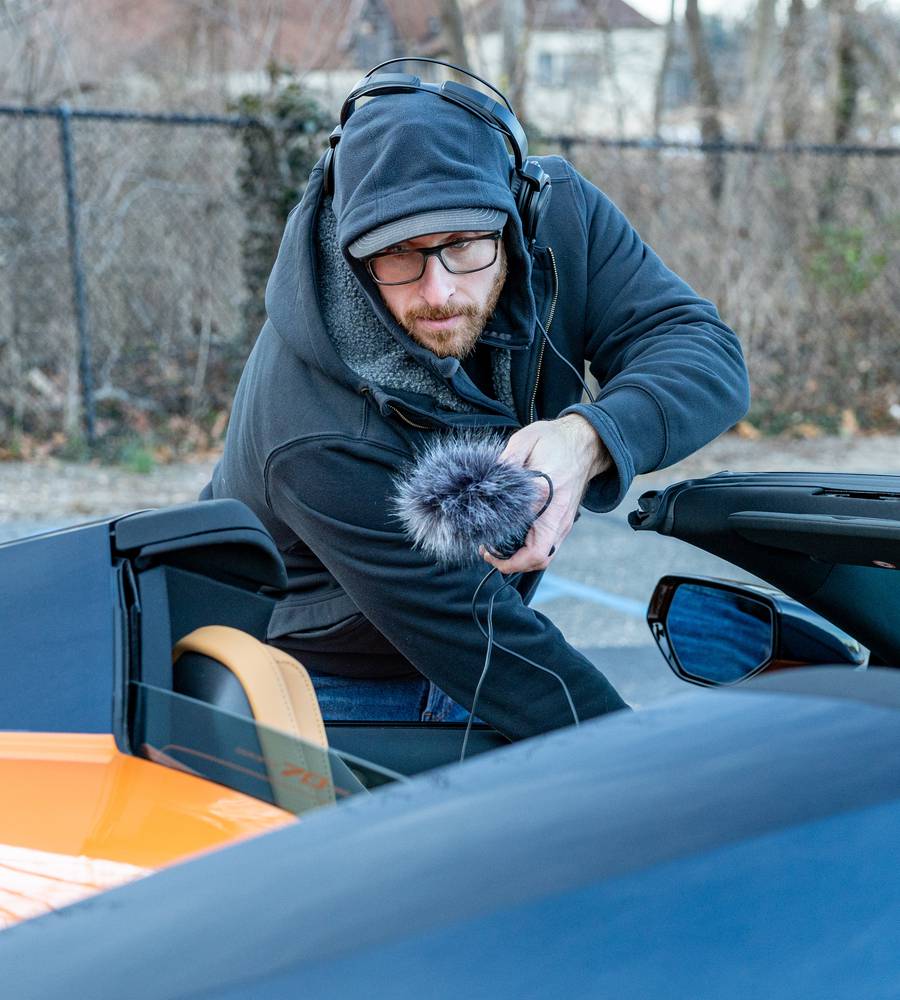
For Storytellers
Podcasters can mount the H1essential on a tripod for sit down conversations or use ‘mono mode’ for on-the-go interviews.

Big Features, Small Package
The H1essential has advanced features such as overdubbing, pre-record, auto record, and playback speed adjustment.
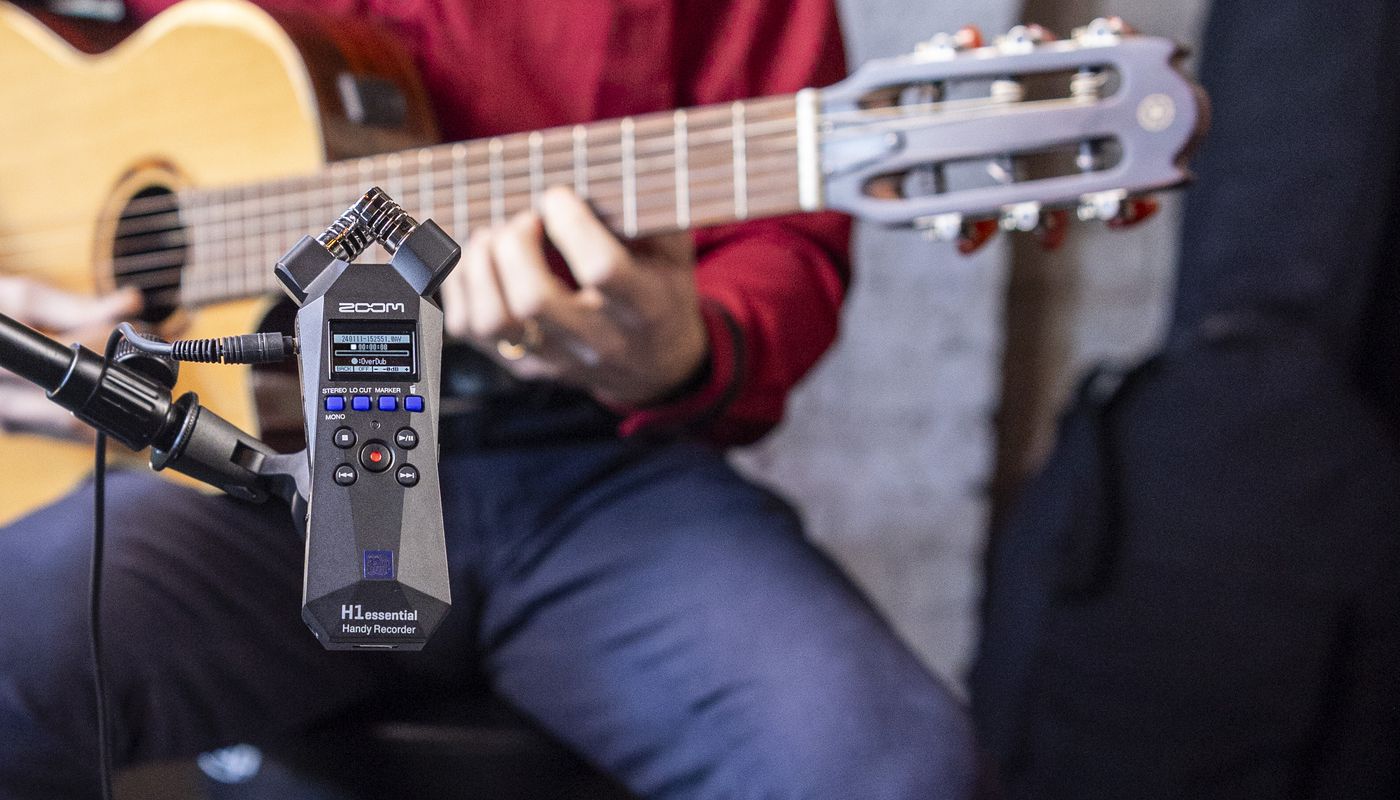
USB Microphone
When connected to a PC, Mac, iOS, or Android device using the USB-C Port, the H1essential can be used as a USB microphone while simultaneously recording to the SD card.
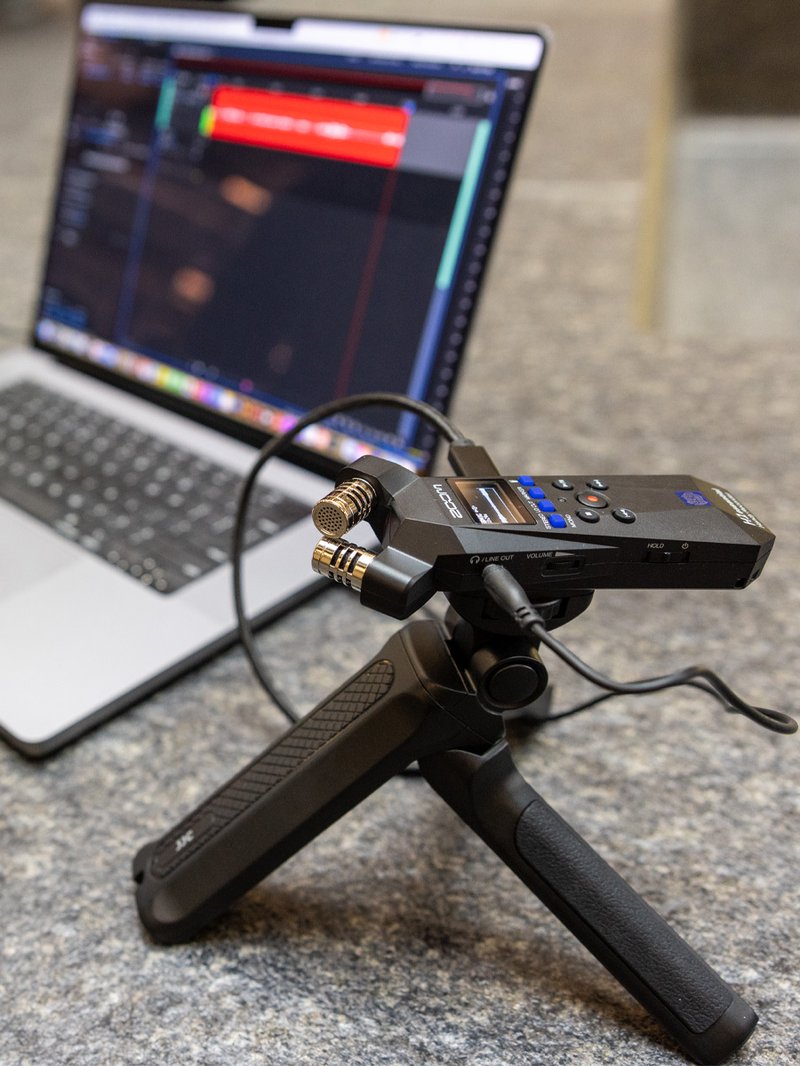
Soft Touch Controls
Recording and rotary controls have been meticulously designed to allow for quiet operation.
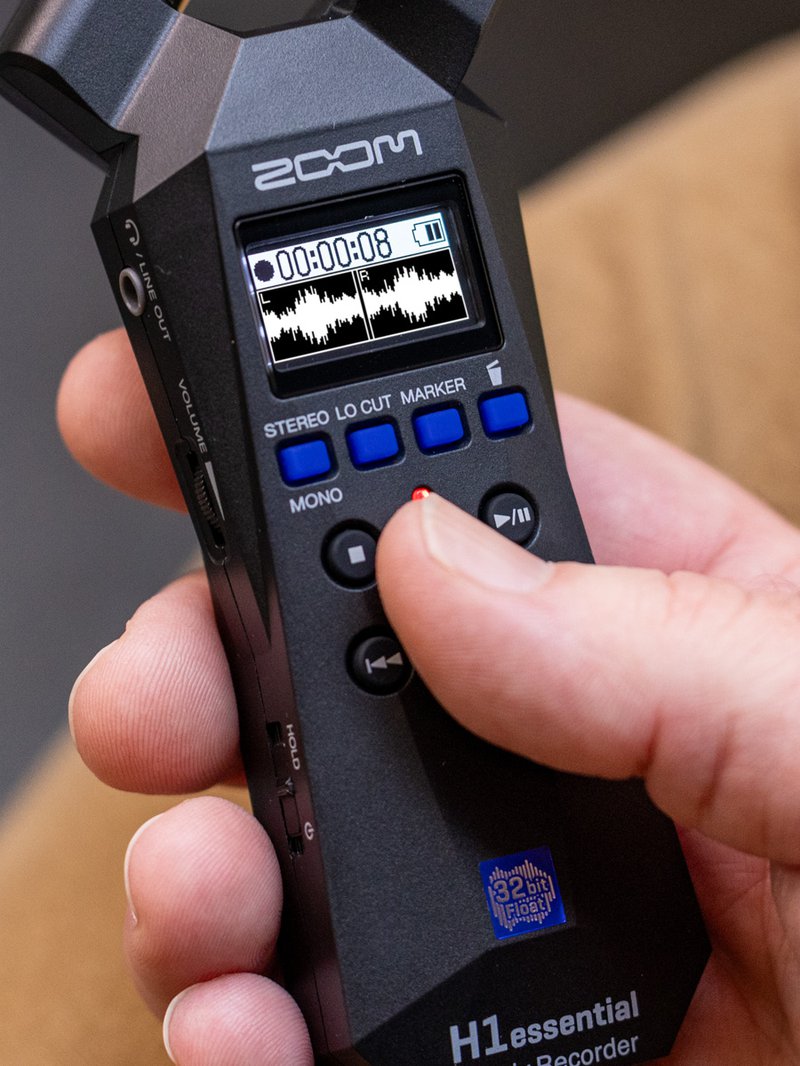
Built-In Speaker
Use the built-in speaker to listen to your recordings for quick reference.
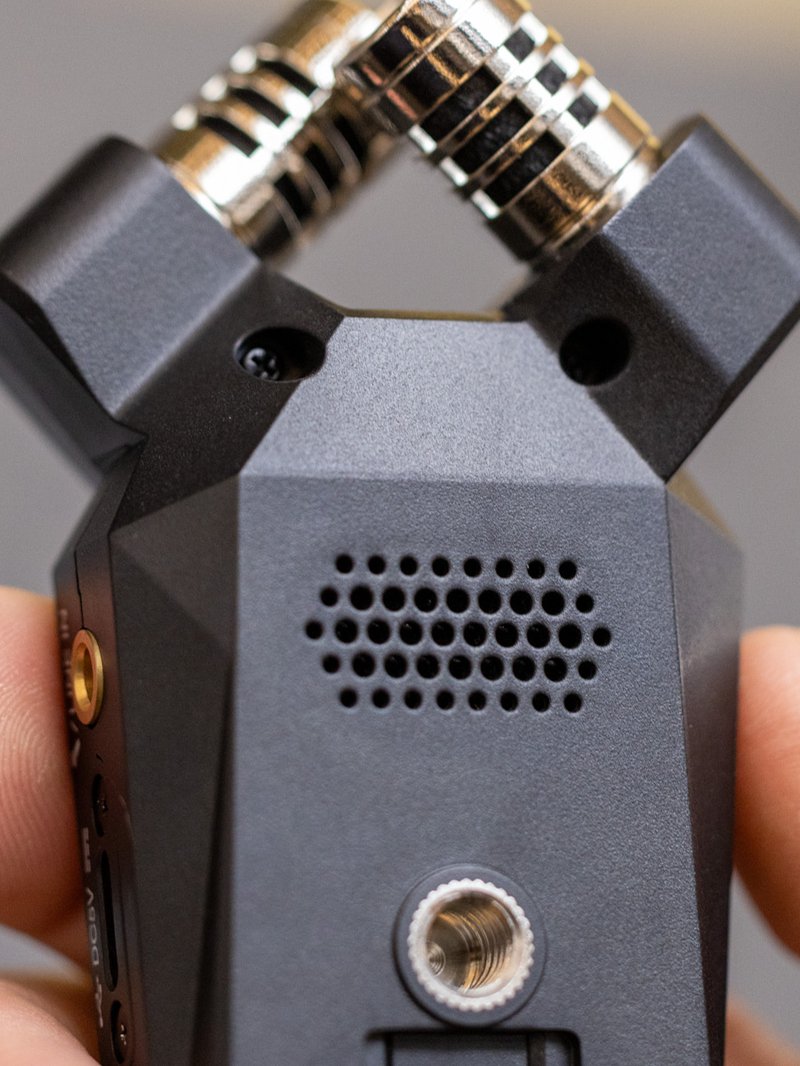
Camera Friendly
Use the 3.5mm output to connect to a camera or plug in headphones to monitor audio.
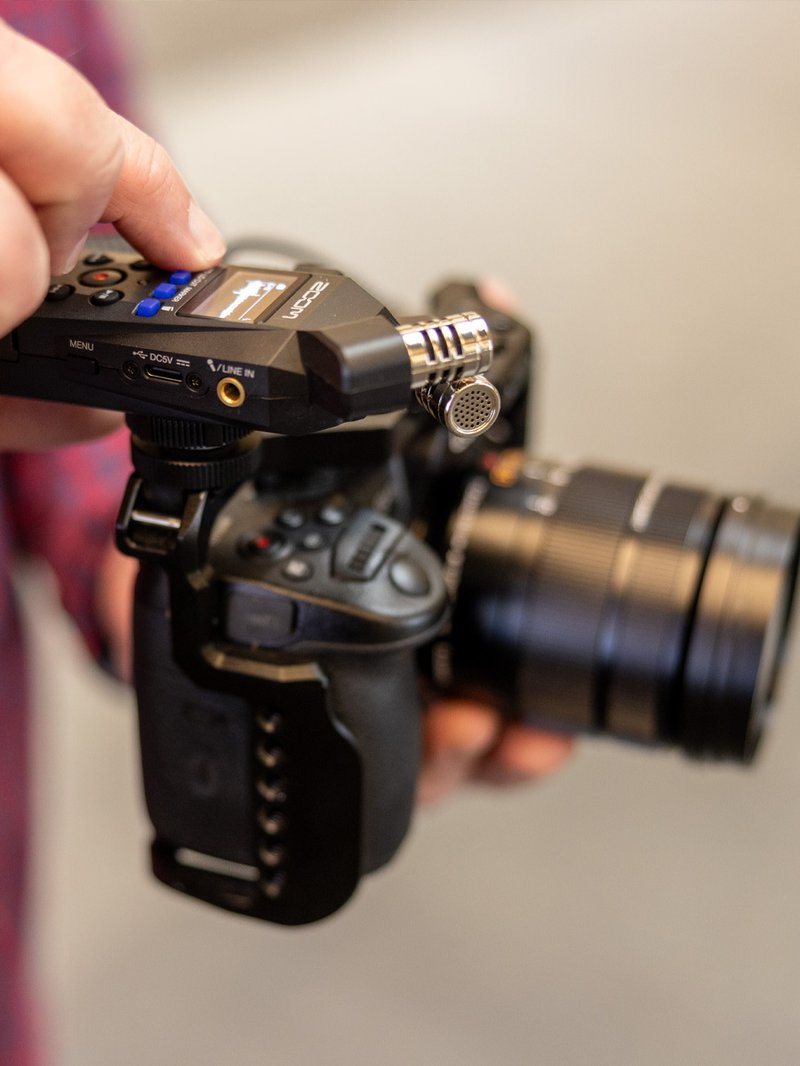
Lavalier Ready
The 3.5 mm mic/line input can be used with lavalier microphones for dialogue capture.
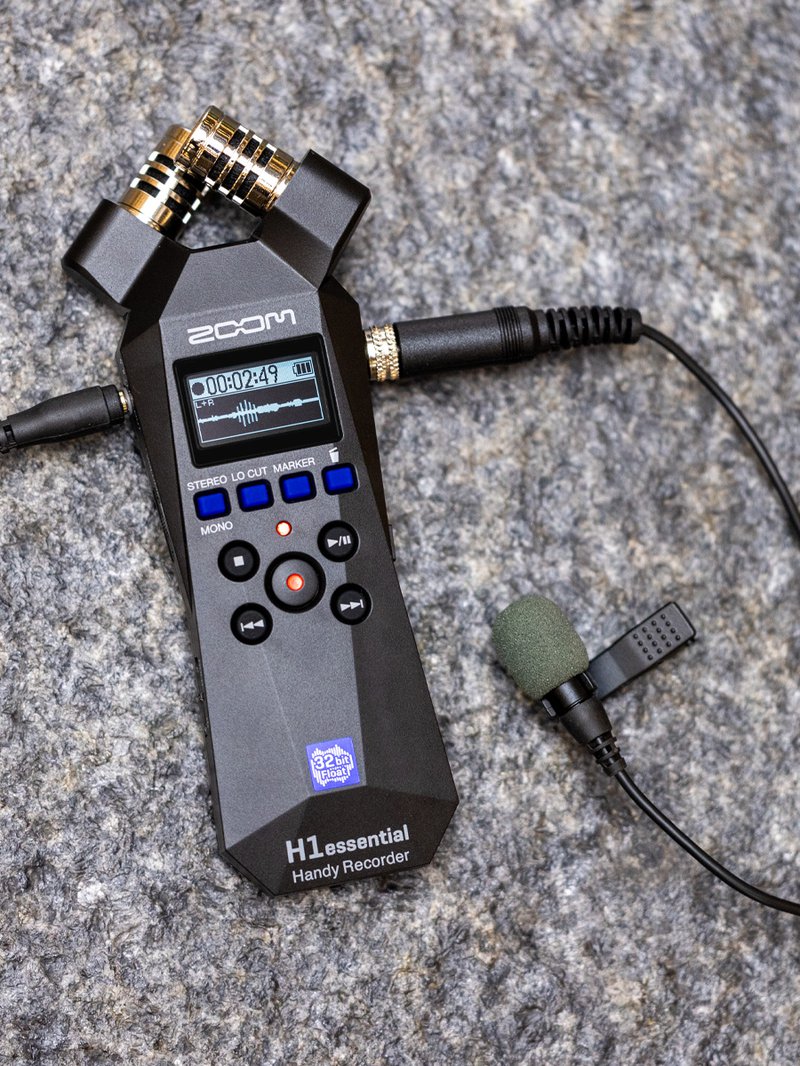
Vivid OLED Screen
The high-contrast OLED screen makes it easy to navigate through the H1essential’s simple interface.
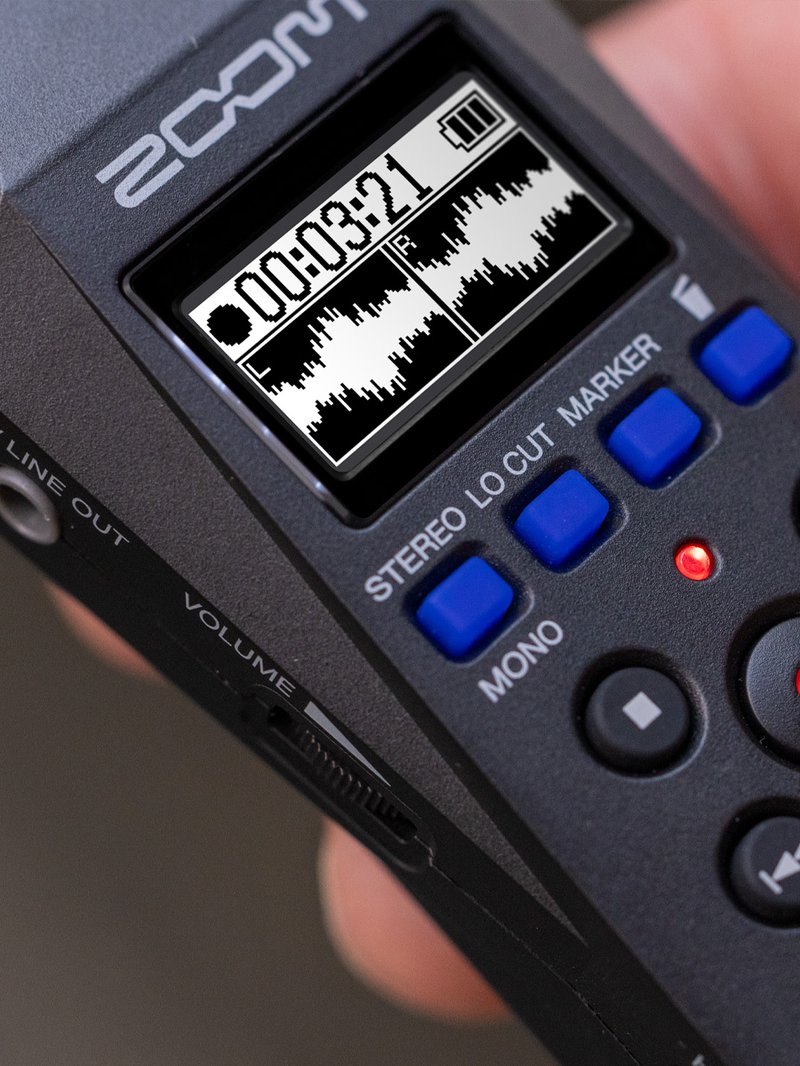
Set Markers
The H1essential has a dedicated Marker button to instantly set reference points while recording.
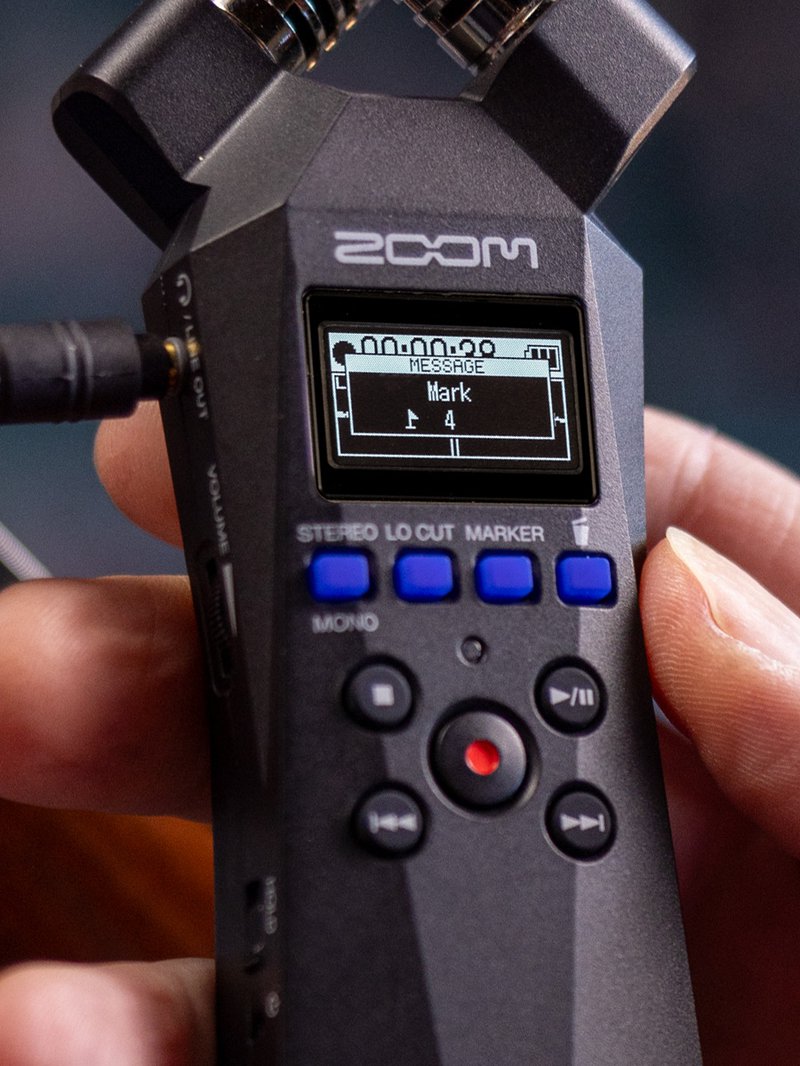
High Capacity Storage
The H1essential supports SDXC cards up to 1TB to record hours and hours of audio.
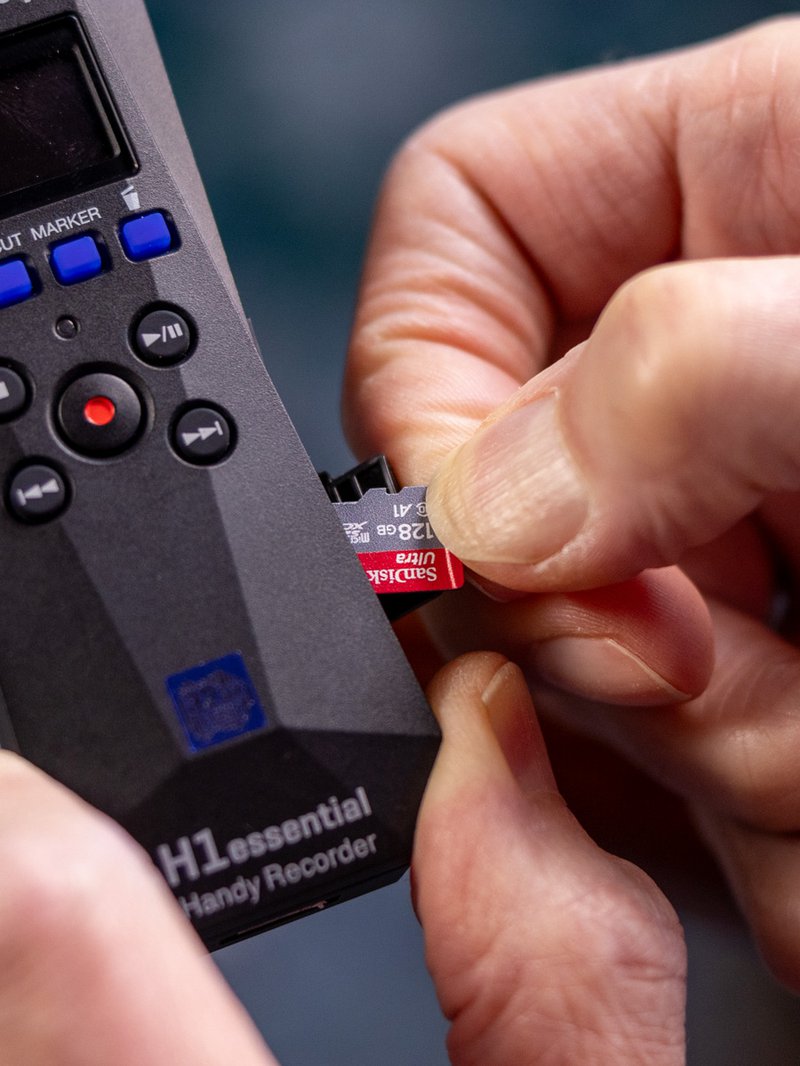
Introduction to 32-bit float recording
There's a lot of buzz about 32-bit float recording technology. It not only gives you consistently clear audio, a simplified setup and unprecedented editing flexibility, but it also eliminates the need for a gain knob.
Zoom is one of the first companies to implement 32 bit-float into a variety of portable audio recording devices because we see this technology as a true game-changer– but you might be wondering how it works and if it’s worth using in your audio setup.
Here is a brief crash-course on 32-bit float that can help you determine if it’s right for you and your work.
Understanding Bit Depth and Digital Distortion:
To best understand 32-bit float, let’s start with the problem it solves: Audio distortion caused by volume, like clipping or white noise. Anyone who has worked in audio has likely had an otherwise solid recording ruined by unwanted digital noise. This can be caused by anything from a singer unexpectedly jumping in volume (and clipping), to an actor speaking too quietly in a scene (and causing extra noise if you turn them up in post).
The reason why digital audio distortion occurs in the first place comes down to sample rate and bit depth. When you’re recording with a computer, your digital audio workstation (DAW) software takes the initial analog signal and breaks it down into many snapshots (samples) in order to convert it to a digital signal. Sample rate tells you how many samples your DAW is capturing every second; the higher the sample rate, the more true-to-life your recordings will sound. For example, a 44.1kHz sample rate––standard digital CD quality––means your DAW is producing 44,100 samples per second when recording.
Bit depth, meanwhile, tells you how much data space (measured as bits) is available within each sample. Each bit can hold a certain number of units called amplitude values, which determines the available dynamic range for a given audio file. For example, 8-bit audio––the bit depth of choice for the most iconic video games in the 80s and 90s––results in sounds that are flat and robotic since it only contains 256 possible amplitude values, while the industry-standard 24-bit format produces more lifelike audio using over 16 million available values.
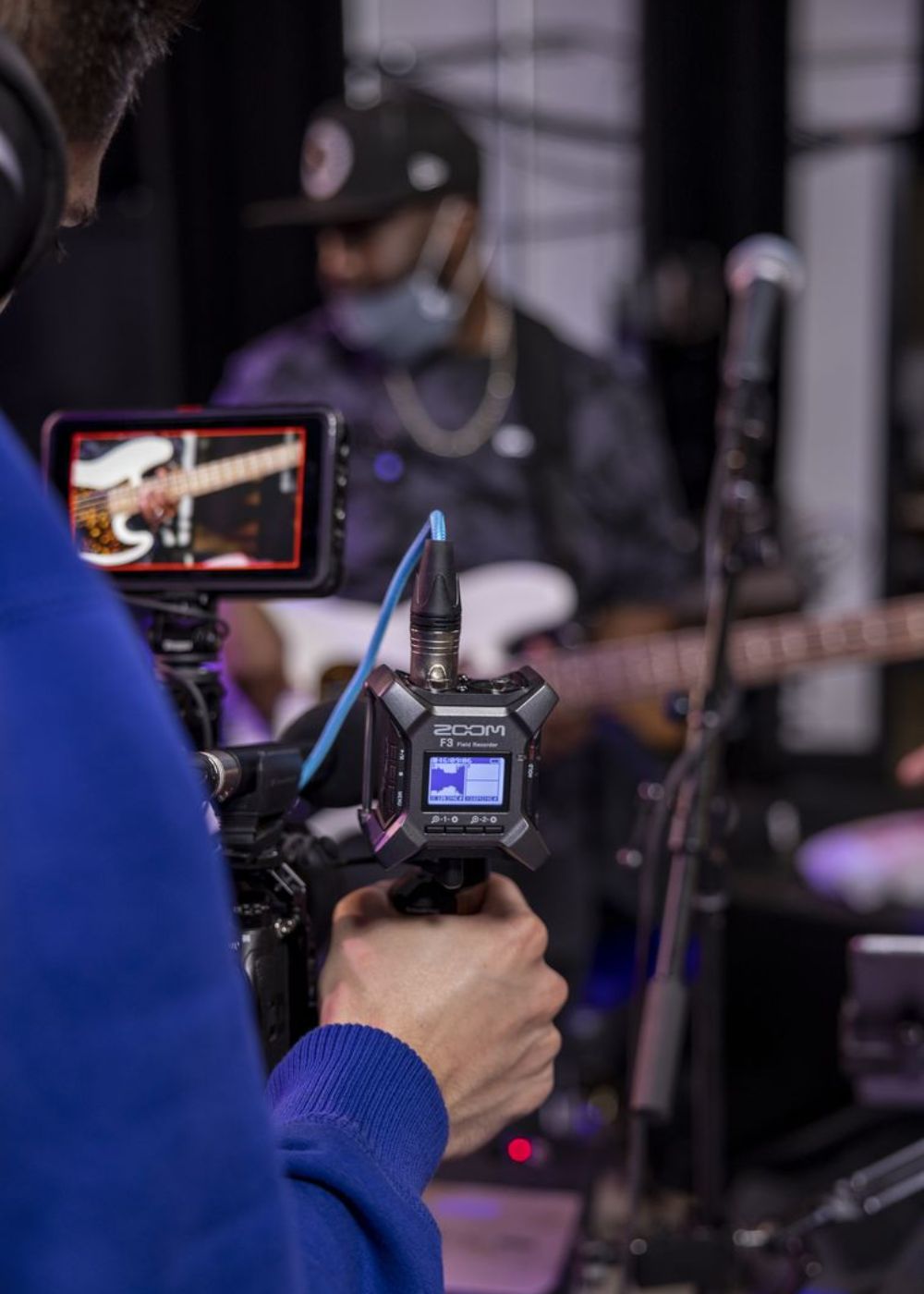
Challenges of Traditional Bit-Depth:
Having both high sample rate and bit depth results in more accurate analog-to-digital audio conversion, and in turn, higher-quality recordings. However, when a sound source hits a dB level outside of a given bit depth’s range, the analog signal won’t properly convert and the resulting audio file will contain irreversible digital distortion. Even though 24-bit audio offers a sizable dynamic range, you’ll still encounter some common limitations. Something as simple as an extra loud snare drum hit can cause your audio to clip or distort. On the other hand, an actor suddenly whispering can result in audio so low that it cannot be recovered in post.
Usually the solution to overly loud or quiet audio starts with adjusting the gain, which increases or decreases your input signal so that your audio stays within the available dynamic range. Even if you adjust your gain in soundcheck, there’s still a certain degree of unpredictability: a singer suddenly jumps in volume, a car engine revs louder than expected, an actor accidentally projects their line away from the mic, and so on.
While you can “ride” the gain knob and adjust in real time, this requires constant attention which can distract you from other aspects of the production. Plus, in scenarios where you have only one shot to get the recording, like a live broadcast or an elaborate film stunt, trying another take due to bad audio simply isn’t an option.
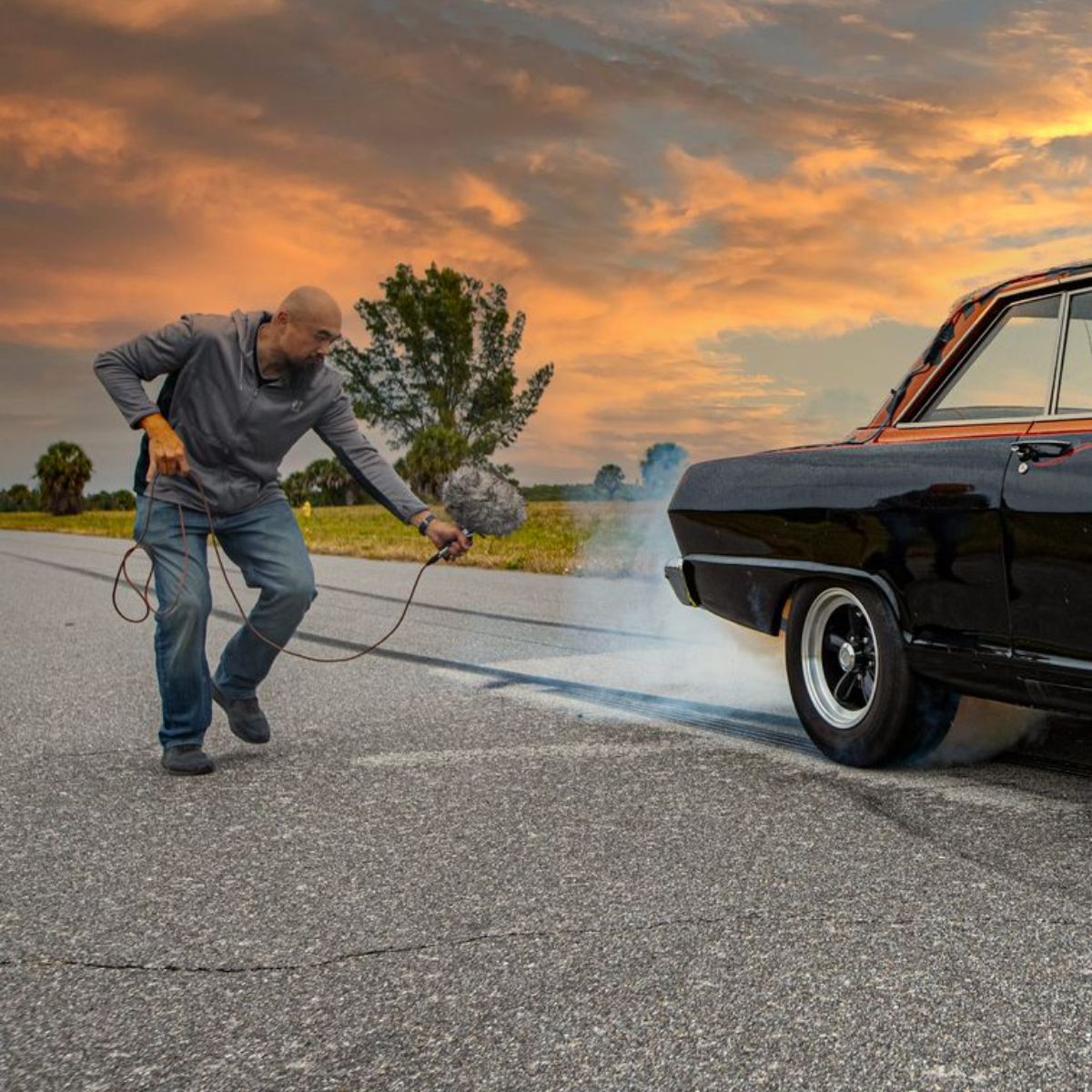
How 32-bit Float Works:
The solution to clipped and distorted audio is a larger dynamic range, and 32-bit float offers that in spades. It contains over 4 billion amplitude values, resulting in a dynamic range louder than anything found on earth. In other words, everything from whispers to explosions (and virtually anything that you’d encounter on set) falls well within its dynamic range.
With 32-bit float, you’ll never need to set gain or adjust levels on-the-fly, allowing you to record easier and faster than ever before. Whether you’re working in the studio, on a film lot, or if you’re out in the field, you can just set up your mics and hit “record.” 32-bit float audio files do take up about 33% more storage than 24-bit files––but that’s a small trade-off for a world of difference.
An important note: When you listen back to your 32-bit float audio on your recording device or upload your files to a DAW, you may still see and hear some distortion on your recordings. The true power of 32-bit float technology becomes clear in post-production when you enlarge or reduce the captured waveforms by adjusting the gain on the file.
Clipping on audio files with smaller bit depths is irreversible because there is no data beyond the flattened peaks––the dynamic range was maxed out, so your recording device couldn’t properly convert your analog signal. With 32-bit float, however, all of that data is there and is fully recoverable. While editing within your DAW, you can adjust your waveforms to ensure that your flattened peaks become balanced. Similarly, you can bring up the waveforms for quiet audio without increasing white noise in the process.
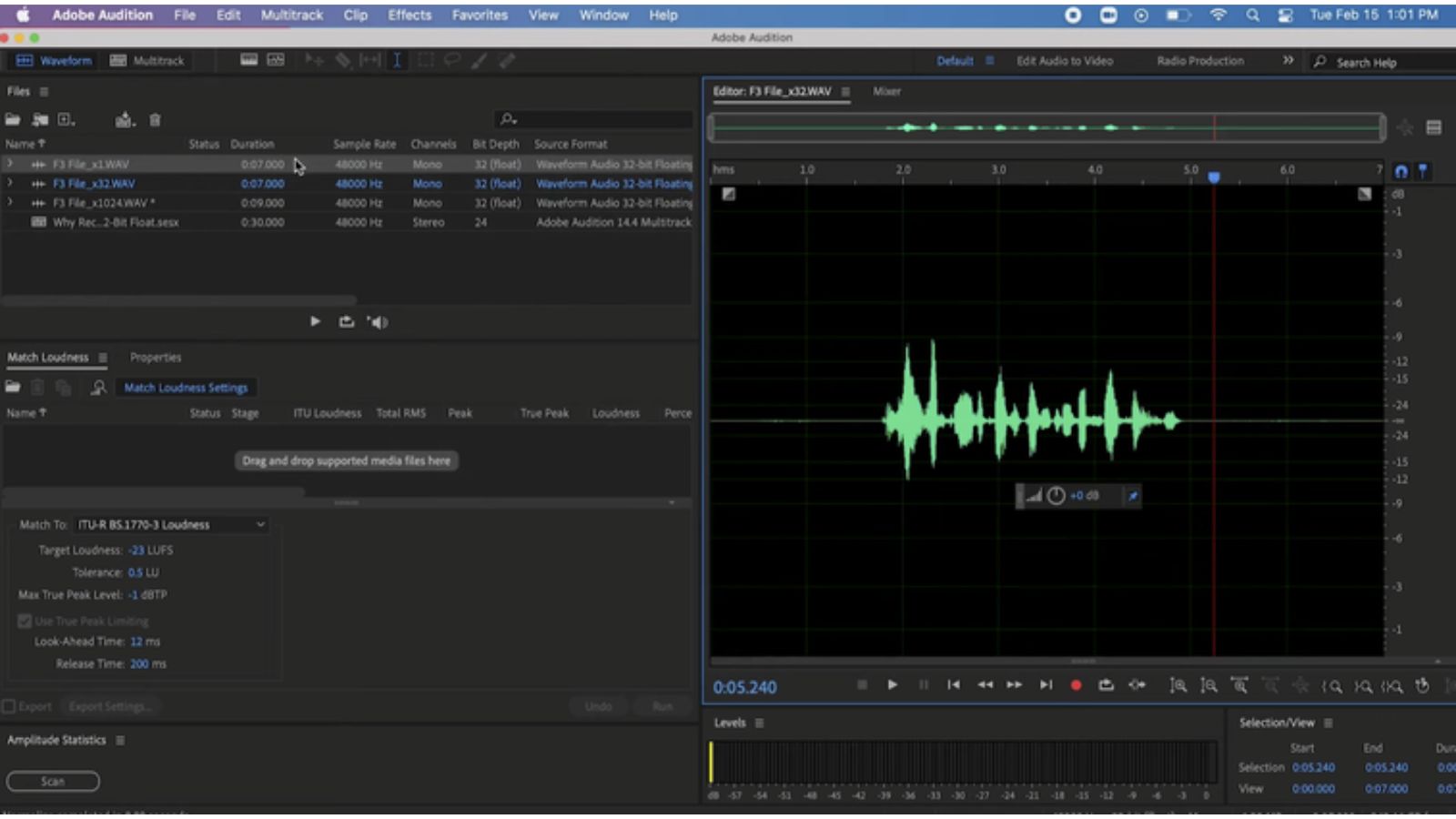
Here are some scenarios where 32-bit float can compliment your audio setup:
-
You’re on a film set and you need the dialogue between your two leads in a dynamic scene. Regardless of any changes in voice volume, 32-bit float captures each word without clipping. You’ll also be able to bring up the volume of any quiet dialogue without losing clarity.
-
You’re recording a band live in the studio and the guitarist hits a note that’s significantly louder than the rest of his part. Other than that one spike, the recording is clean, so the band wants to use that take. In 24-bit, you may have gain set too high and spikes can cause clipping. But with 32-bit float, the recording would be clean.
- You’re a sound designer trying to capture the sounds of a car engine as realistically as possible, which naturally involves sticking a recording device up close to a running engine. You won’t be able to monitor the recording because you cannot stay in the car with the recorder. 32-bit float lets you adjust any unexpected spikes in sound (roars, pops, revs, etc.) in post so that your engine sounds are loud, detailed, yet not clipping.
- You’re splicing together two vocal takes, but the voice artist stood slightly further from the mic in one take. Thankfully, 32-bit float lets you balance the two waveforms for seamless, distortion-free comping.
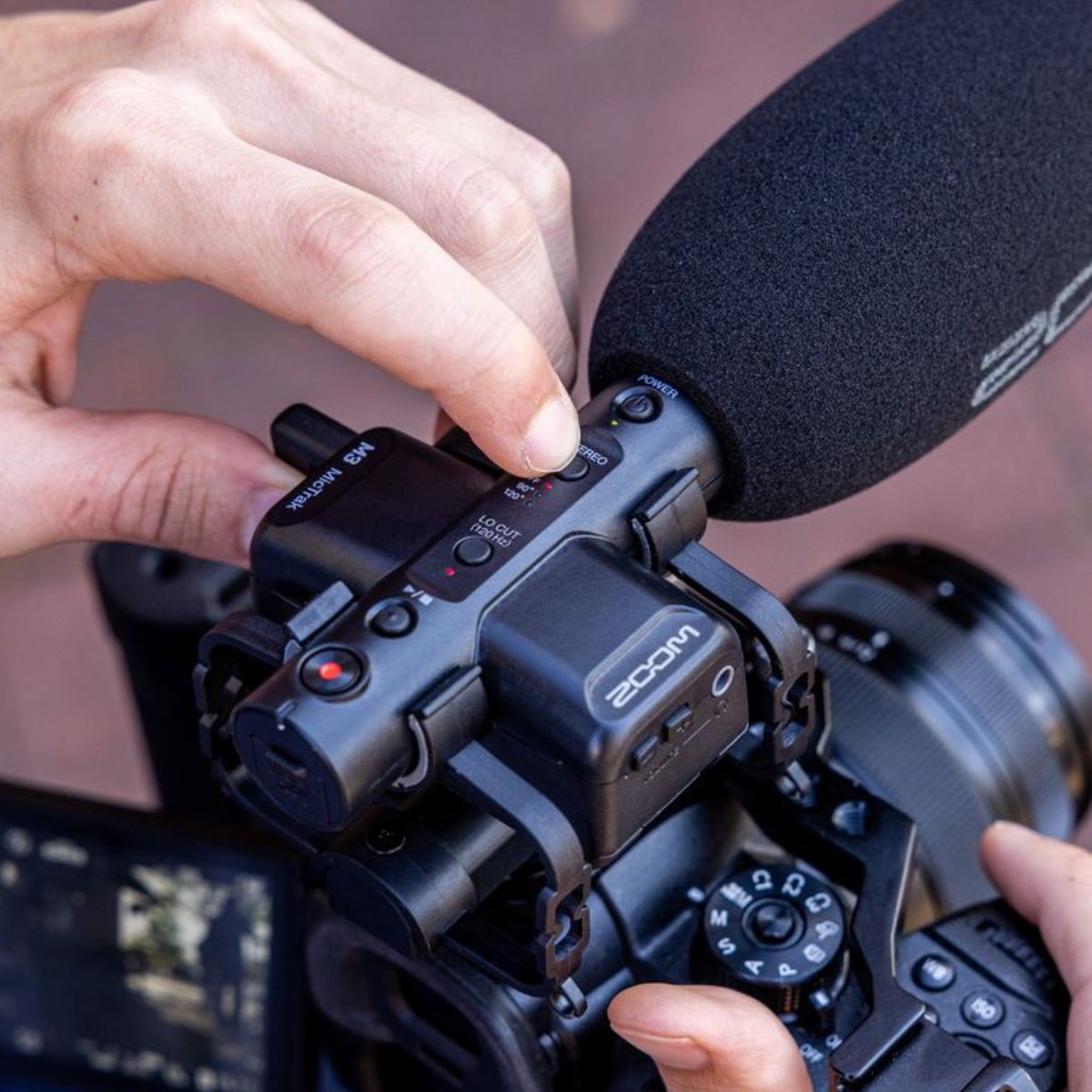
Zoom Products With 32-Bit Float:
Zoom offers several different recorders with 32-bit float technology.
These products do not have a gain knob because you don’t need one. However, there are still options for real-time volume adjustments––the main difference being that, unlike gain, these settings are reversible in post-production and won’t affect the amount of data contained within your audio files.
Check out the rest of our website to find out which Zoom product with 32-bit float is right for you.
Field Recorders:
MicTrak Recorders:
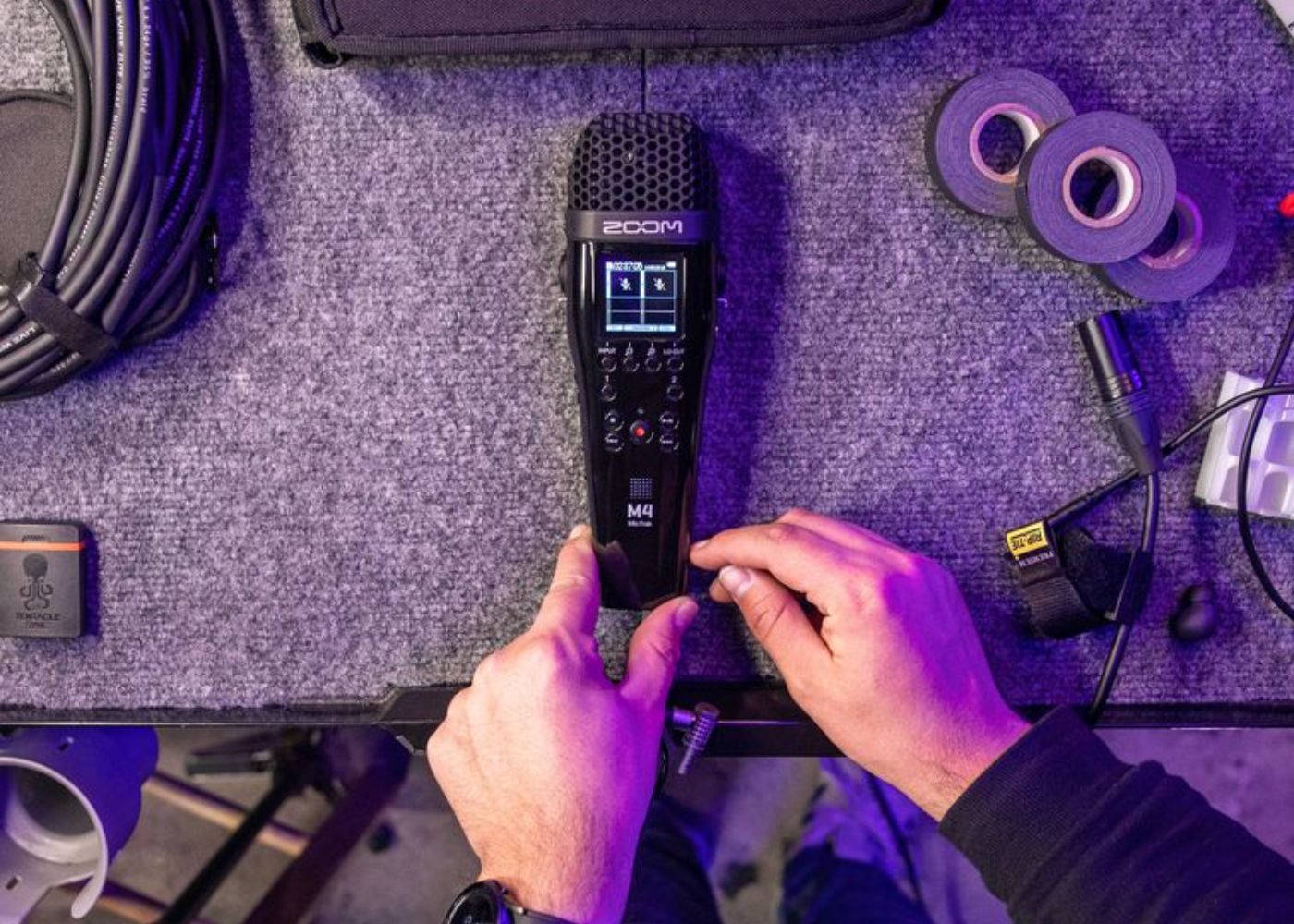
Specs
INPUTS
Built-in mic 90º XY stereo format
Directionality Unidirectional
Sensitivity –37 dB/1 Pa at 1 kHz
Maximum sound pressure input 120 dB SPL
MIC/LINE IN jack Connector Stereo mini jack
Input impedance 2 kΩ or more
Plug-in power 2.5 V
Built-in mic 90º XY stereo format
Directionality Unidirectional
OUTPUTS
PHONE / LINE OUT jack Connector Stereo mini jack
Maximum output level 20 mW + 20 mW(into 32Ω load)
Output impedance 10 Ω or less
Built-in speaker Type 20 x 30mm oval dynamic speaker
Practical maximum output 250mW
RECORDER
Recording formats WAV
44.1/48/96 kHz、32-bit Float
Stereo / Mono
BWF and iXML formats supported
Recording media 4–32GB cards compatible with the microSDHC specification
64GB–1TB cards compatible with the microSDXC specification
DISPLAY
OLED 128 x 64
USB
Connector USB Type-C
• Use a USB cable that supports data transfer.
USB Mic USB 2.0 High Speed
48 kHz, 24-bit
File transfer USB 2.0 High Speed
POWER
2 AAA batteries Alkaline, Lithium, or Rechargeable NiMH
AC adapter ZOOM AD-17: DC 5 V/1 A
• USB bus power is supported.
ESTIMATED CONTINUOUS OPERATION TIME USING BATTERIES
Alkaline batteries About 10 hours
NiMH batteries (800 mAh) About 9 hours
Lithium batteries About 18 hours
Stereo recording, 48kHz/32-bit float, no headphones, Power Save 1min
These values are approximate.
Continuous battery operation times were determined using in-house testing methods.
They will vary greatly according to use conditions.
POWER CONSUMPTION 5 W maximum
DIMENSIONS 53.9 mm (W) × 136.6 mm (D) × 29.0 mm (H)
WEIGHT (INCLUDING BATTERIES) 92 g
Note: 0 dBu = 0.775 Vrms
You may also like…

Need Help Choosing?
Get in touch with a member of our team
Contact a member of our dedicated customer service team, and we will be happy to help you choose the right instrument for your needs.
Or text “Waltons Callback” with a short description of your query and a member of staff will call you as soon as possible to assist.
Can’t Get Through? Please see our list of contact numbers below
Head Office: 01 8207425
Blanchardstown Store: 01 9603232
Online Sales, Customer Service & Product Queries:
Niall: 087 2267740
Fiona: 086 0284929


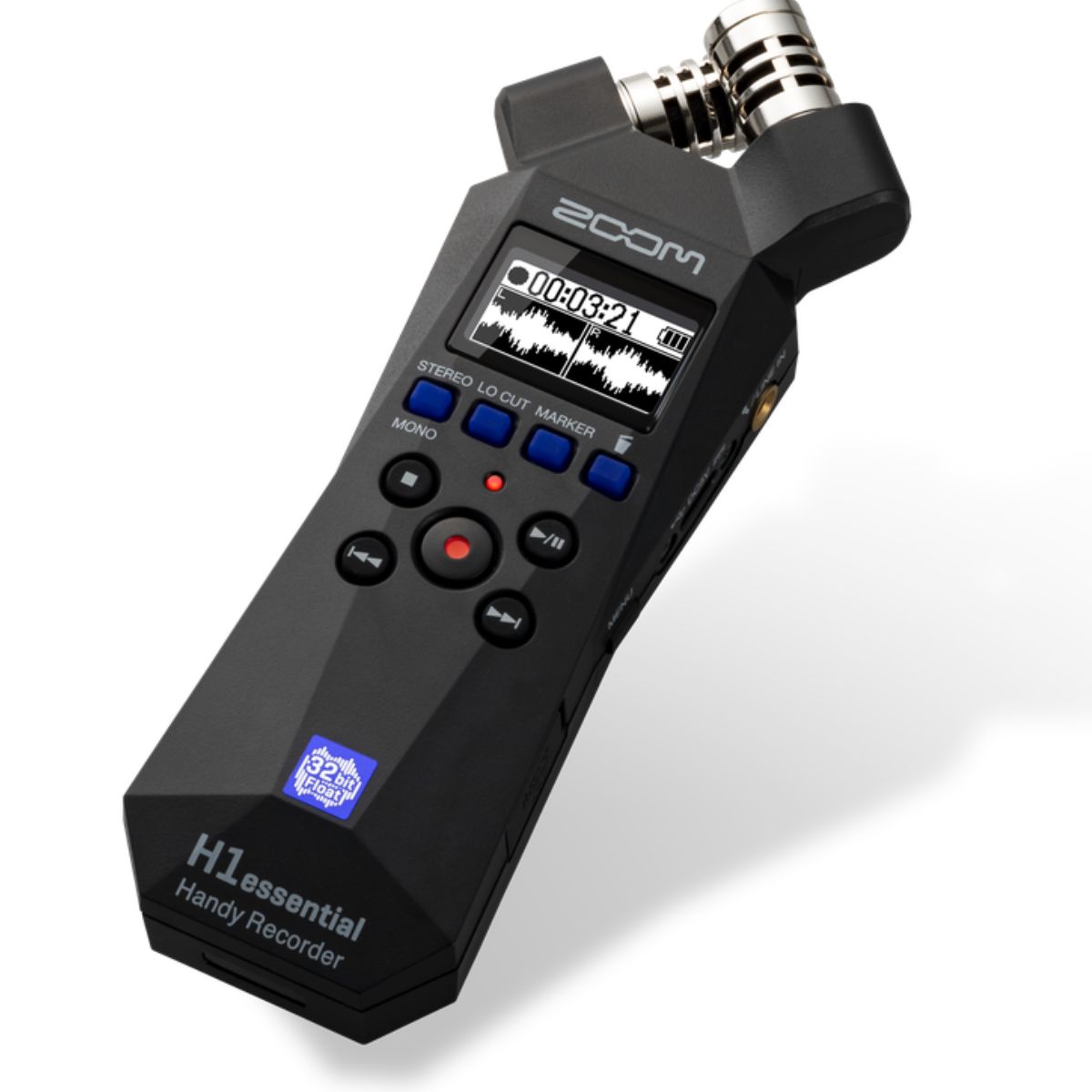
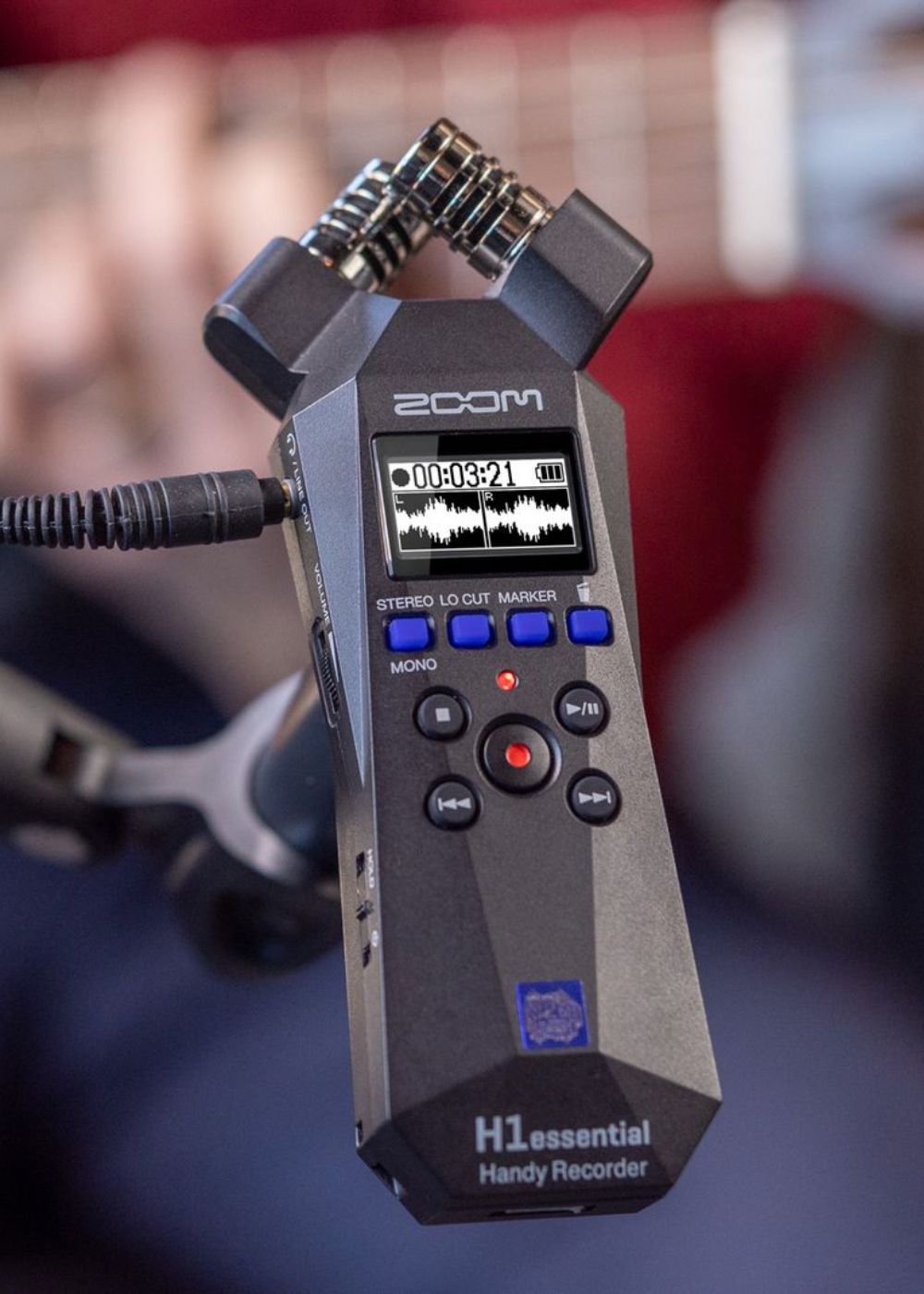

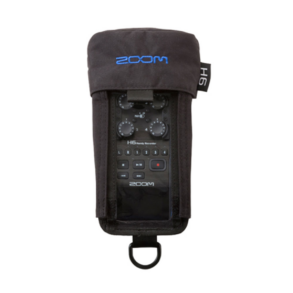
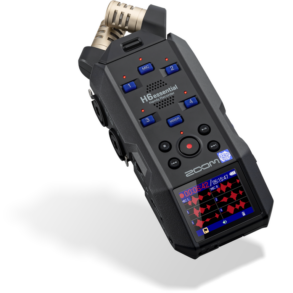
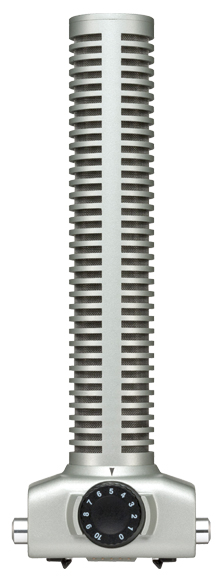
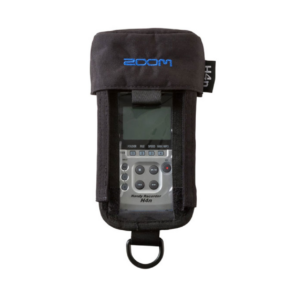
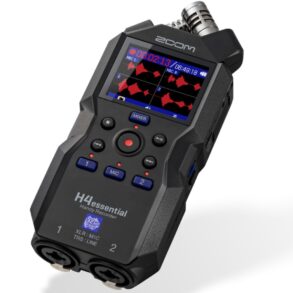
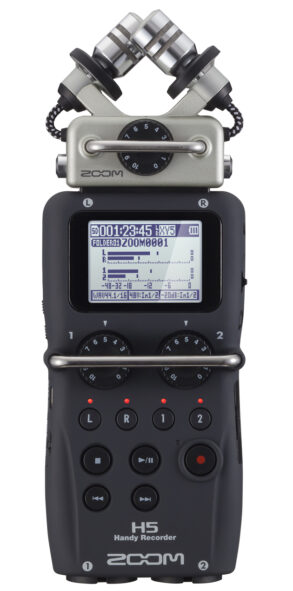
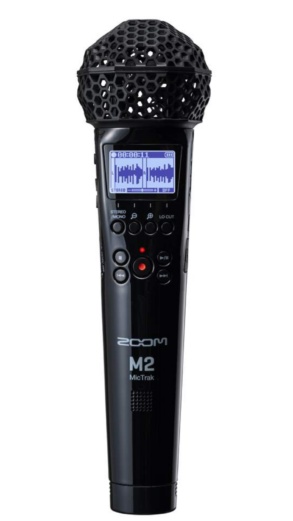
You must be logged in to post a review.